
Novelists Unwind Interviews Brenda S. Anderson and Brennan McPherson
Shortly after I interviewed today’s featured authors, I learned they are in the same critique group! Not only that,…
June 26, 2018
Shortly after I interviewed today’s featured authors, I learned they are in the same critique group! Not only that,…
June 26, 2018
Many writers are introverts and don’t prefer to talk a lot. Some writers are extroverts and love to talk.…
June 22, 2018
As I mentioned in my last post, Understanding Early Readers, there are several markets for books for emerging readers.…
June 21, 2018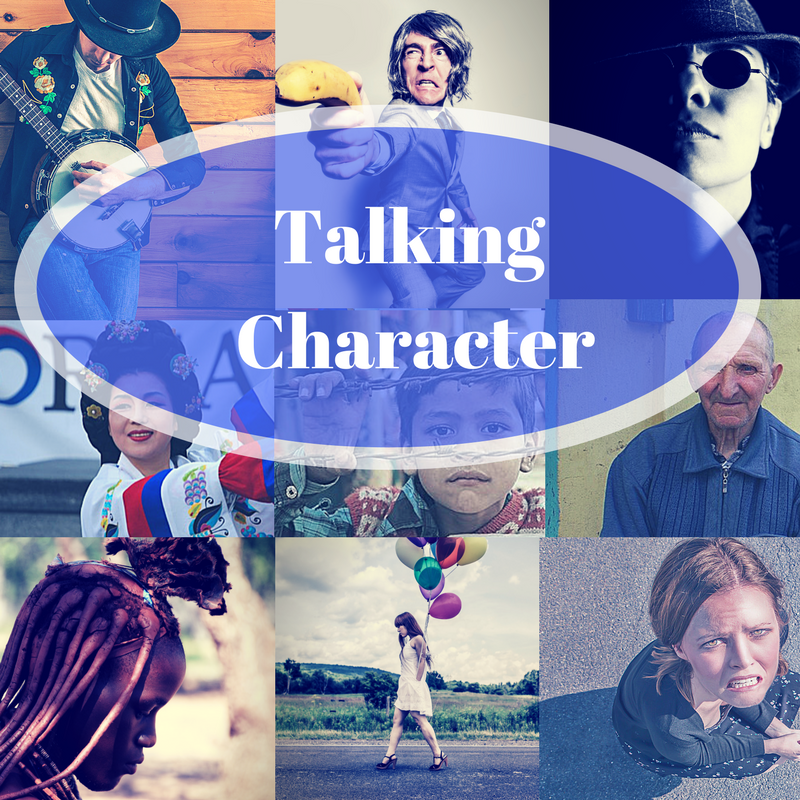
Every fictional character has an entire life’s worth of backstory that happened prior to the opening of your novel.…
June 20, 2018Have you ever thought of taking your poetry one step further by writing an entire novel in verse? What…
June 17, 2018
Have you ever been told you are not enough? For whatever reason and no matter who you hear it…
June 16, 2018
School is out, and summer reading programs are gearing up in public libraries everywhere. Summer months are the perfect…
June 15, 2018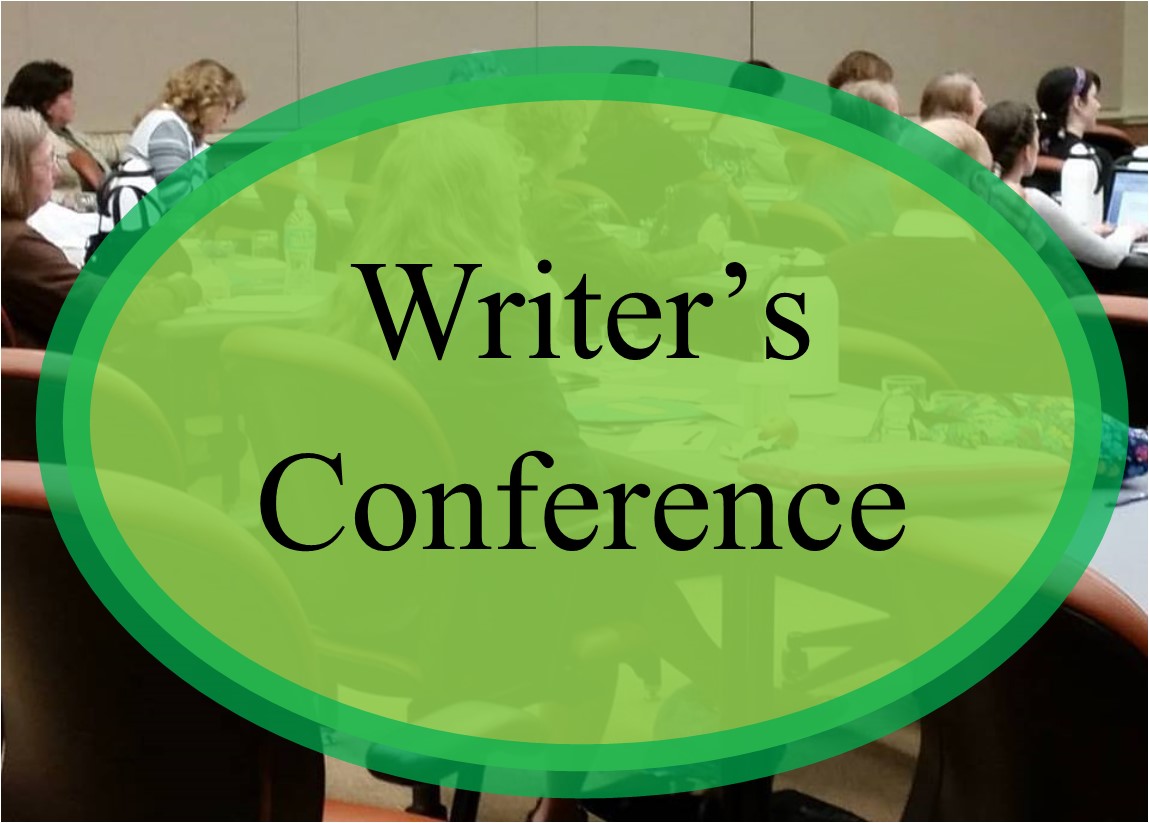
Steven James here. As a working novelist over the last decade I’ve heard over and over from editors and…
June 14, 2018
Last week I taught several workshops at a Christian Writers Conference and also met one on one with numerous…
June 13, 2018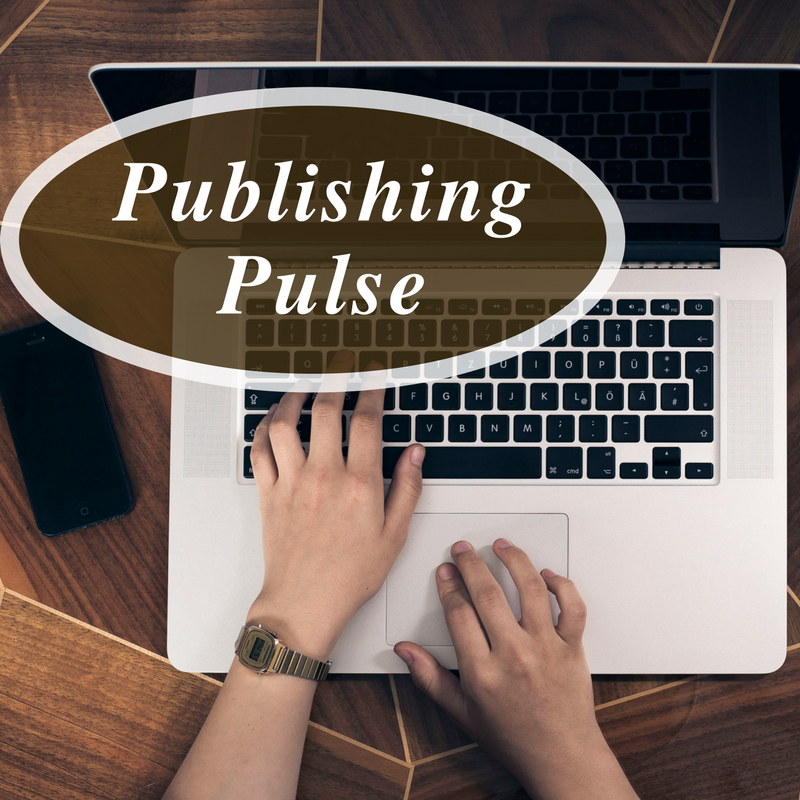
Book authors are hearing more and more voices telling them to self-publish and “reap the profits that traditional publishers…
June 12, 2018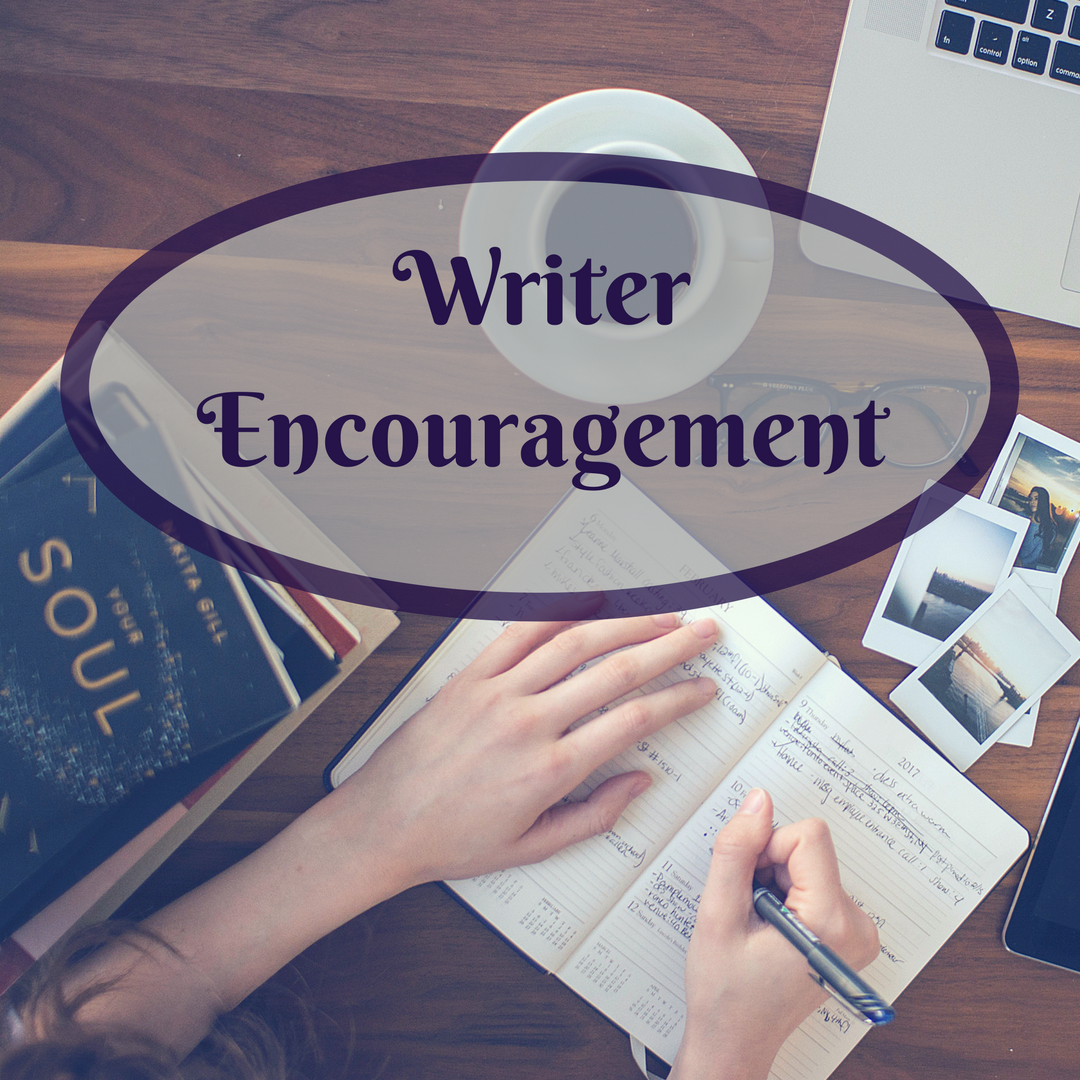
In a solitary profession like writing, sometimes the thought of being an encourager to other writers might not occur…
June 11, 2018
“Will you please teach me a new slang expression and what it means every day?” Little did I know…
June 10, 2018
While brainstorming for this post, I remembered the song that inspired the climax for my first screenplay over a…
June 9, 2018
Fantasy stories come in all shapes and sizes, from modern-day tales to historical adventure. One way to give your…
June 7, 2018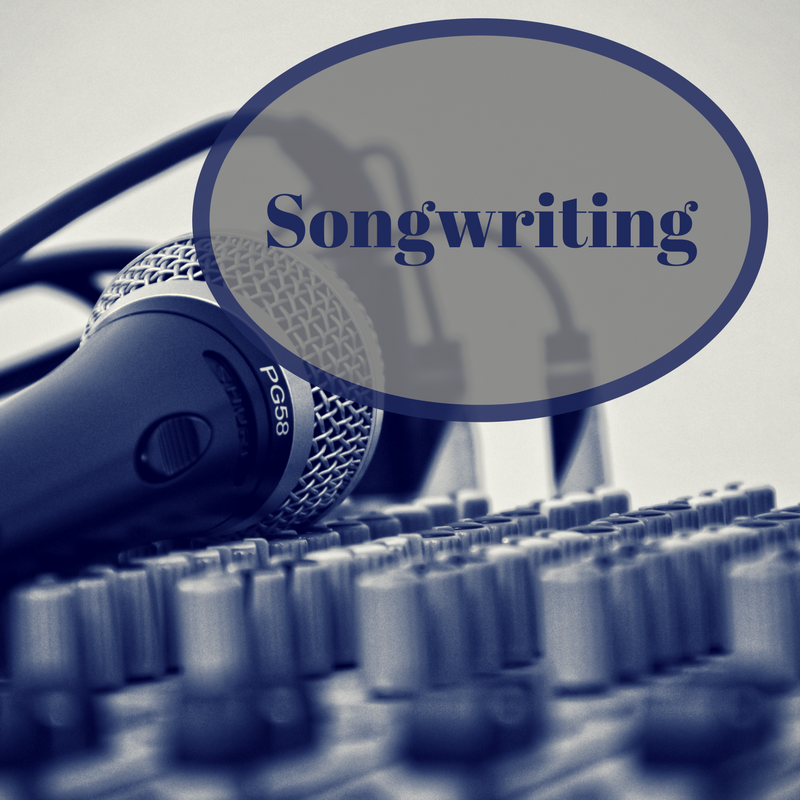
If you have been following my articles on songwriting, perhaps you’re ready to write your first song. There are…
June 3, 2018
Are you writing a mystery or a thriller? Do you know how to tell the difference between suspense, thriller…
May 31, 2018
Since we’re on the eve of Memorial Day Weekend, it only seems fitting to highlight Rick Barry’s WWII novels,…
May 30, 2018
It has been nearly Twenty-two years since I became disabled with a traumatic brain injury. Even so, I am…
May 29, 2018
Recently, I was asked by a fellow writer to work with him on a project. Admittedly, I was pretty…
May 29, 2018
A traditional blog gives your readers a place to find you and your writing. A place where you share…
May 28, 2018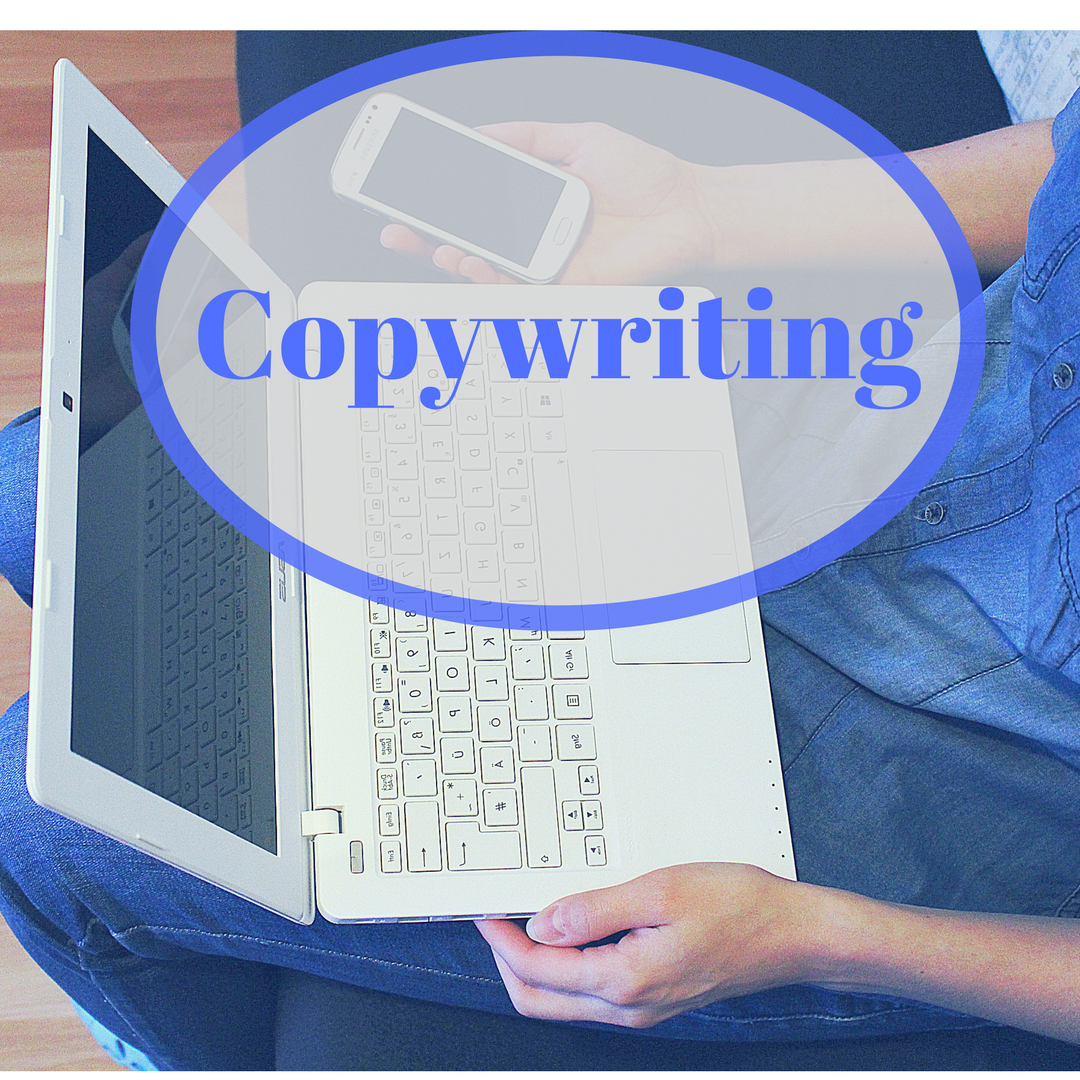
I broke into a cold sweat when I read the email. Could it be true? I reread the email.…
May 27, 2018
A few weeks ago I started typing a new manuscript. I thought it was going to be a picture…
May 22, 2018
Yes. That’s right. Psychological. I promise not to go too deep. Please keep reading. In editing our own manuscripts,…
May 22, 2018
Do you have a method for capturing the bits and pieces you use to create memorable, complex characters? If…
May 20, 2018
This past month I packed up my little bag, tucked my insecurity into the glove box and drove south…
May 15, 2018